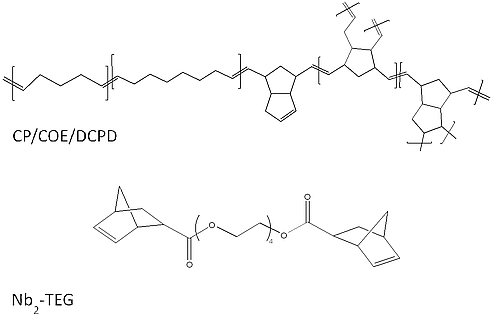Reports: ND754596-ND7: Synthesis, Functionalization, and Characterization of Crosslinked Porous Elastomers
Robert B. Grubbs, State University of New York at Stony Brook



Robert B. Grubbs, State University of New York at Stony Brook



Reports in the ACS PRF Annual Report are published as submitted by the Principal Investigator.
Copyright © American Chemical Society